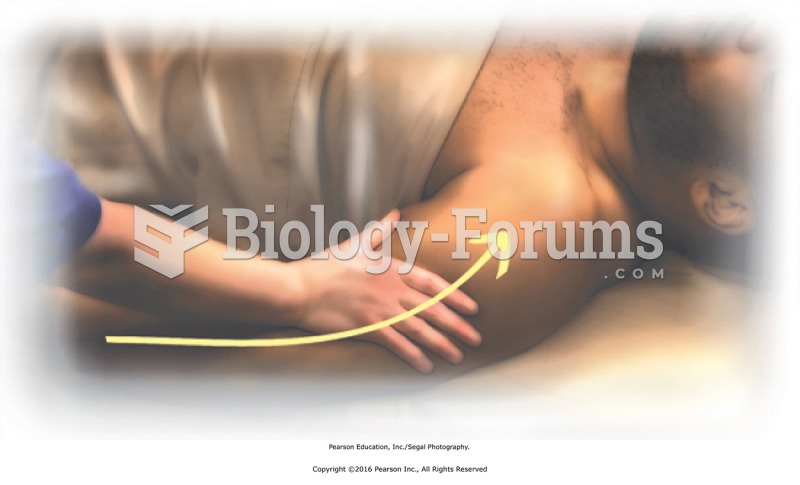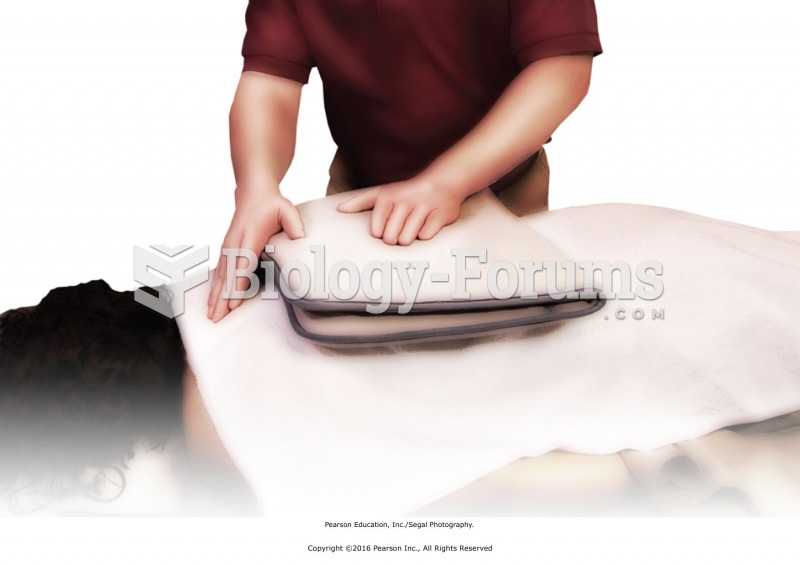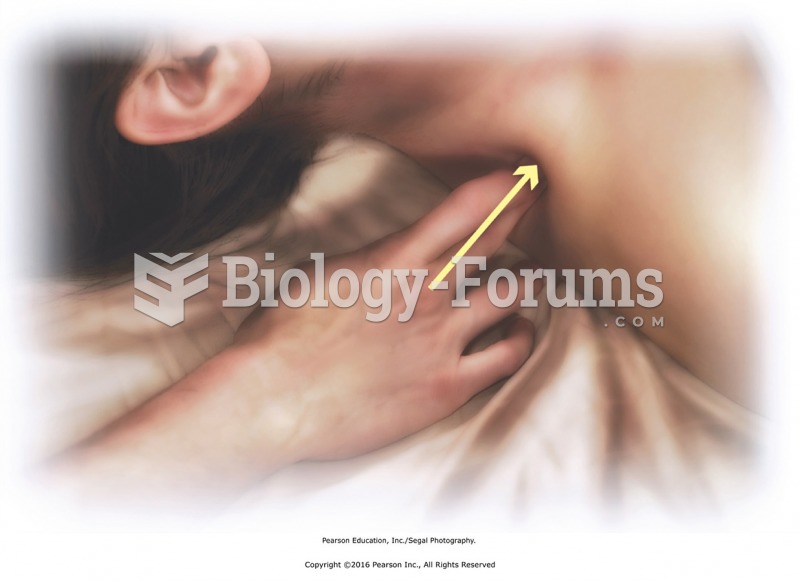|
|
|
Bacteria have been found alive in a lake buried one half mile under ice in Antarctica.
Between 1999 and 2012, American adults with high total cholesterol decreased from 18.3% to 12.9%
Vital signs (blood pressure, temperature, pulse rate, respiration rate) should be taken before any drug administration. Patients should be informed not to use tobacco or caffeine at least 30 minutes before their appointment.
In the ancient and medieval periods, dysentery killed about ? of all babies before they reach 12 months of age. The disease was transferred through contaminated drinking water, because there was no way to adequately dispose of sewage, which contaminated the water.
Eating food that has been cooked with poppy seeds may cause you to fail a drug screening test, because the seeds contain enough opiate alkaloids to register as a positive.
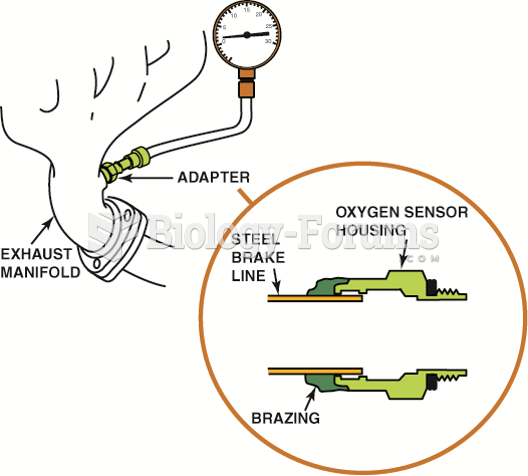 A backpressure tool can be made by using an oxygen sensor housing and using epoxy or braze to hold ...
A backpressure tool can be made by using an oxygen sensor housing and using epoxy or braze to hold ...
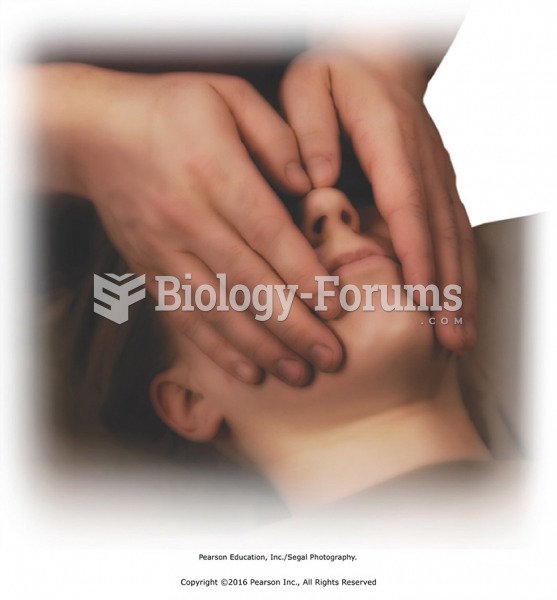 Apply passive touch over the eyes and cheeks to finish. Place the hands, using very light pressure, ...
Apply passive touch over the eyes and cheeks to finish. Place the hands, using very light pressure, ...



